A prolonged drought has been causing widespread issues throughout western states. In Texas, officials have closed Medina Lake due to the drastic reduction in water levels caused by a heat wave and water shortage.
Severe weather in the state has plagued some areas with flooding and destruction, while water shortages have cursed others with dried-up lakes and water usage restrictions for the Summer of 2024.
Texas Has Been Struggling With Severe Weather
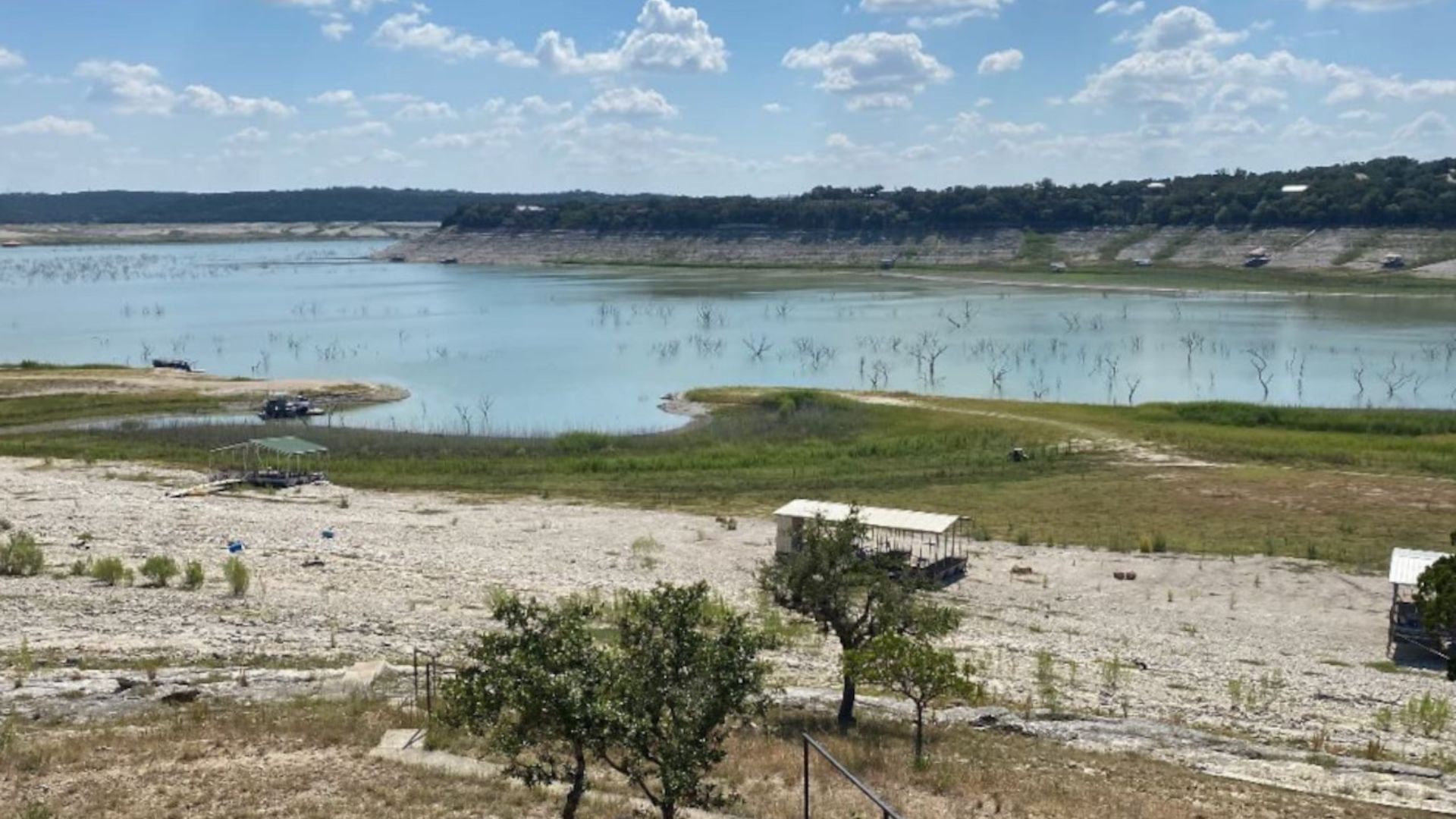
In the past month, Texas has struggled with aggressive heat waves and flooding in the Gulf Coast of Mexico, making the state more vulnerable to hurricanes.
After the sun dries up the soil and kills much-needed vegetation, heavy rains or water from rising sea levels cannot be absorbed into the land, making the area more susceptible to tropical storms and landslides.
Floods Reported in Houston Earlier This Month
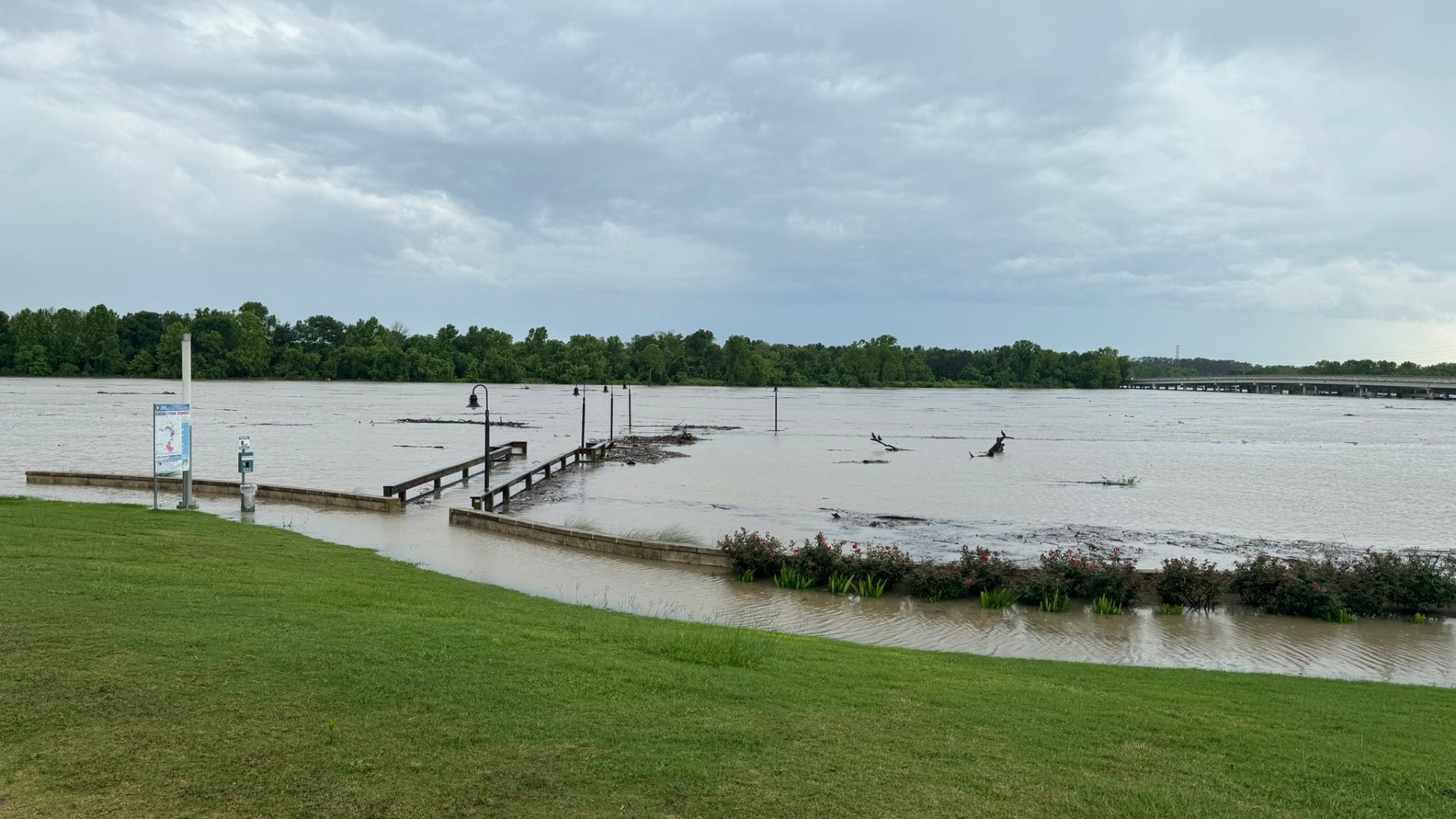
More than six inches of rain was recorded in Houston in the first week of May. The watery deluge caused severe flooding and forced officials to close Lake Houston, a popular recreational site.
Water from the lake was seen creeping into the yards of nearby residents and caused traffic issues in the area. The massive storm system caused extreme precipitation, which also deposited a large amount of snow in northern California as it moved West.
Heavy Rains on the Wrong Side of the State
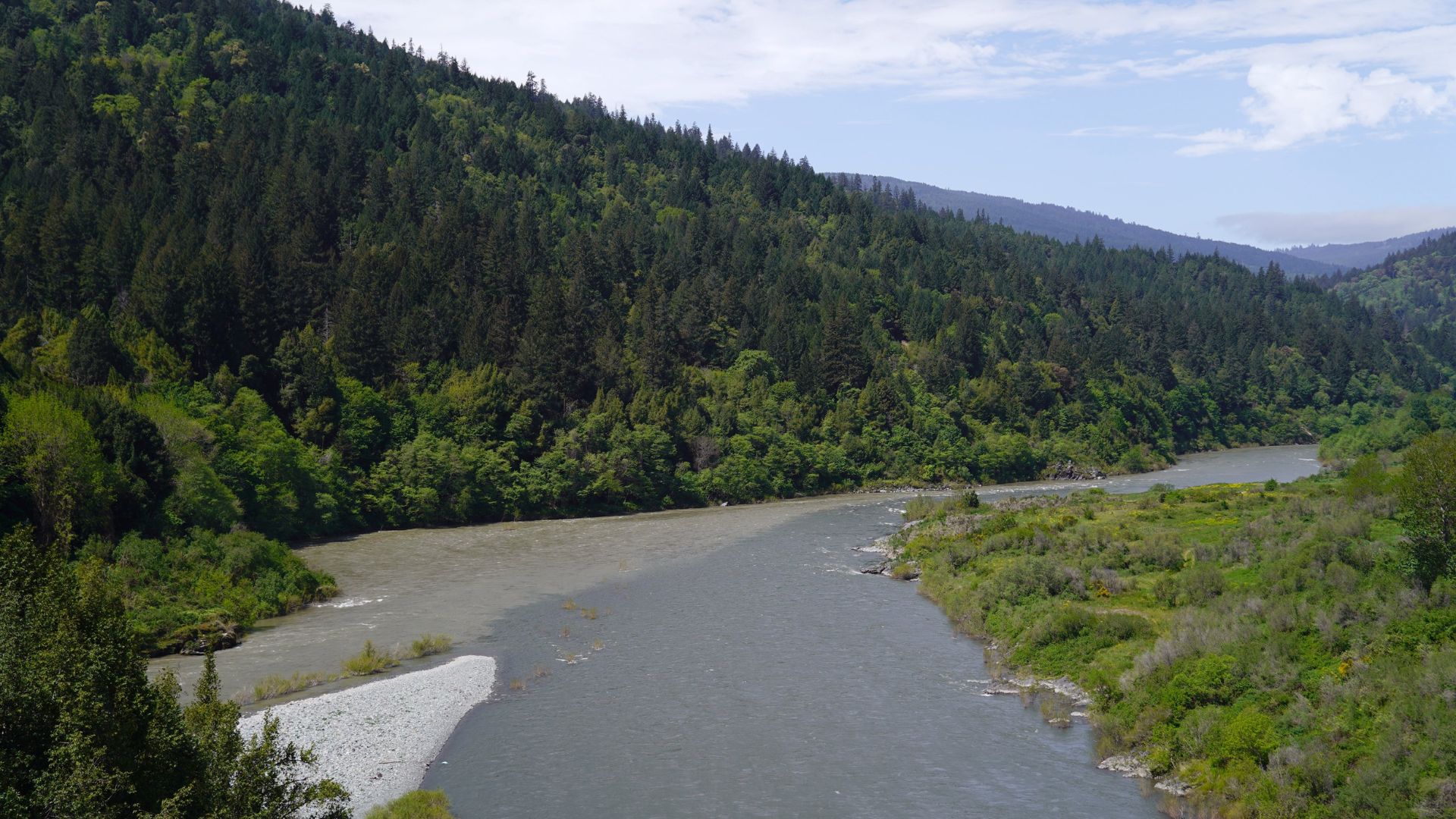
Residents in Polk County were evacuated at the end of May. Severe rainfall caused the Trinity River to overflow, forcing operators at a nearby dam to open the floodgates and release pressure. The county saw more than 12 inches of rain in a single week, well above the average for an entire month.
However, the rain was secluded to the Eastern side of the state and failed to benefit the dry landscape in Bandera or Medina County, where Medina Lake is situated.
Medina Lake Was Full Just a Few Years Ago
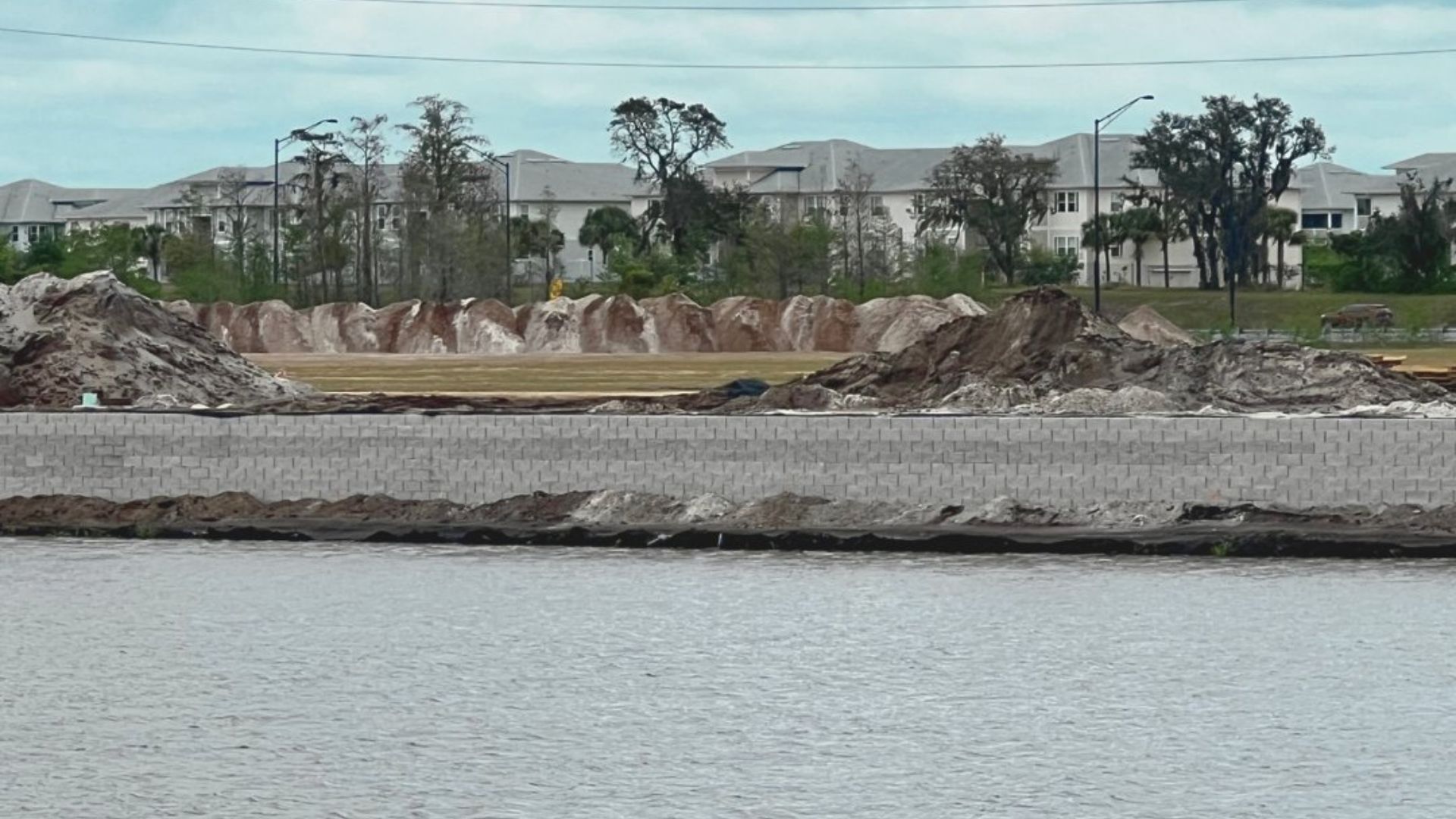
As recently as 2019, Medina Lake was full and thriving. It was used as a recreational site for nearby residents and a habitat for dozens of species.
Now, the lake is only 2.7 percent full, a drastic reduction in the past five years caused by ongoing droughts in the region.
The Entire County Is Suffering From the Drought
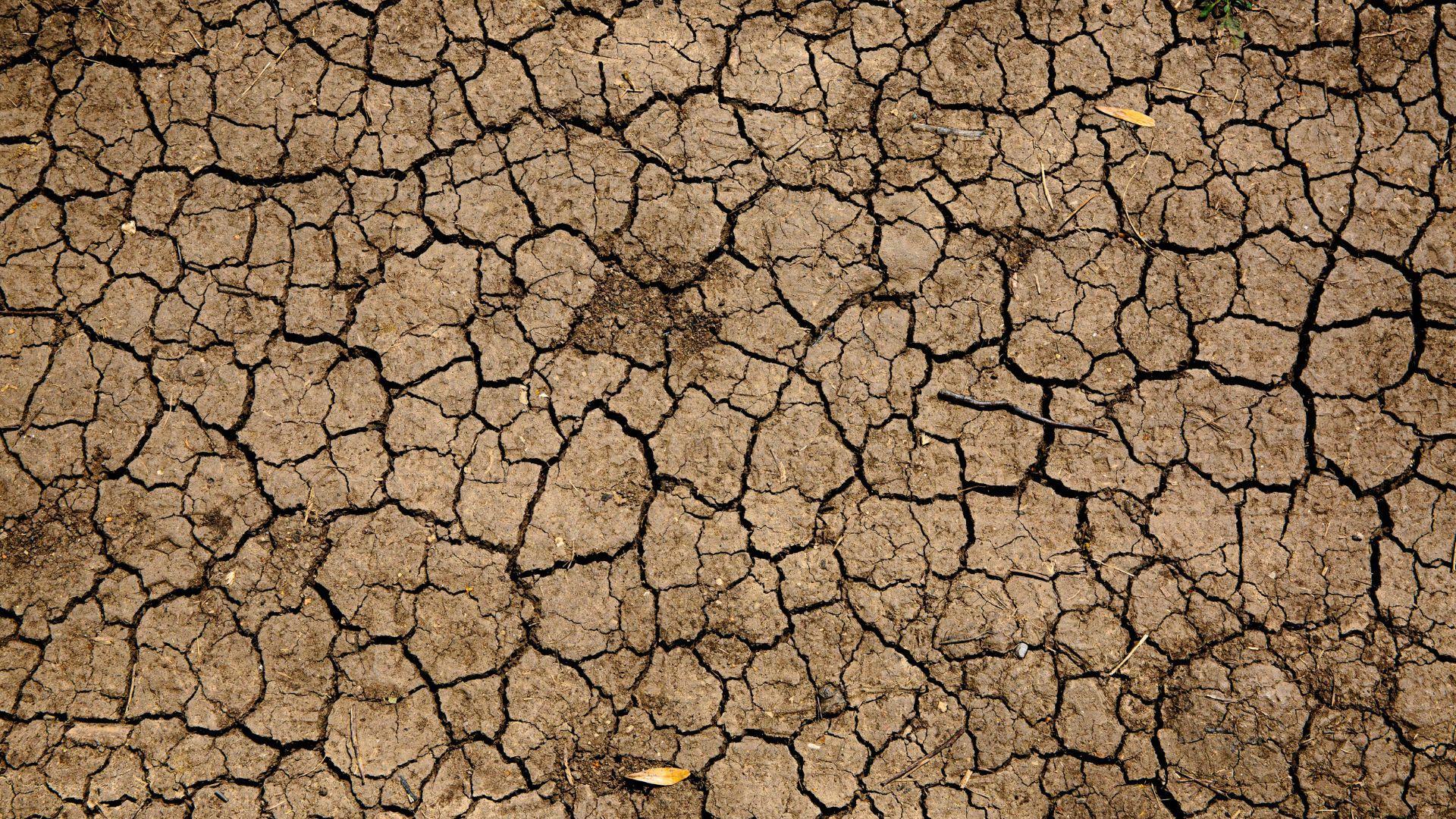
The U.S. Drought Monitor, an official resource for residents to check the water levels in their area, reported on Wednesday morning that no area in Bandera County was immune.
The entire county is currently suffering from a water drought, and more than two-thirds of the county is plagued by extreme drought. Residents in these areas will be placed on water shortage restrictions, and each home will be monitored for usage.
Medina County Also Affected
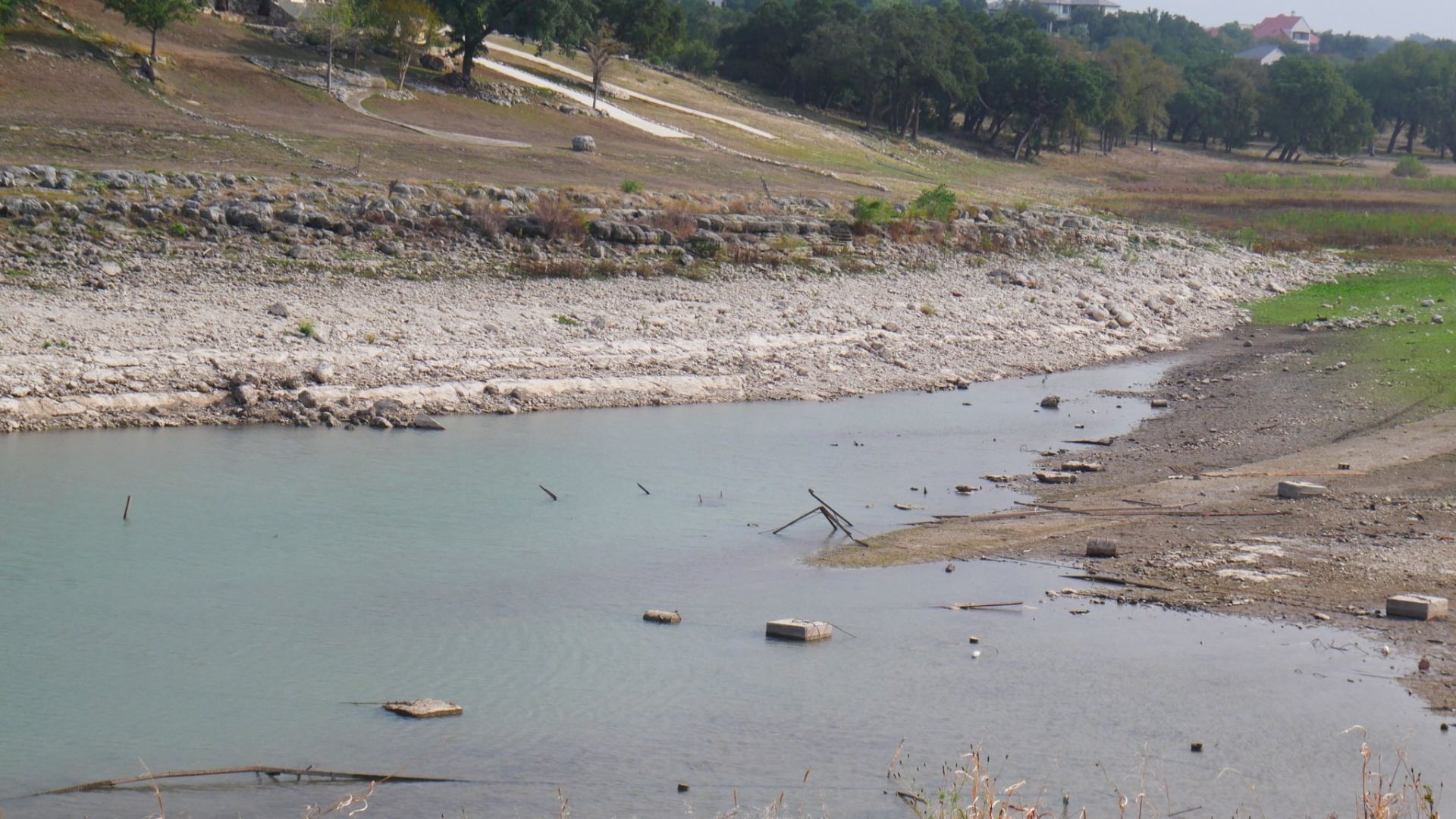
Adjacent to Bandera, Medina County has suffered from the same issues of low-lying water reservoirs and a lack of rain.
More than 80 percent of Medina is currently suffering from a lack of water, and almost 26 percent has been labelled extreme drought. These numbers are up from last year when the state experienced a lengthy heat wave that caused wildfires and even more lakes to disappear.
Popular Tourist Destinations Shut Down
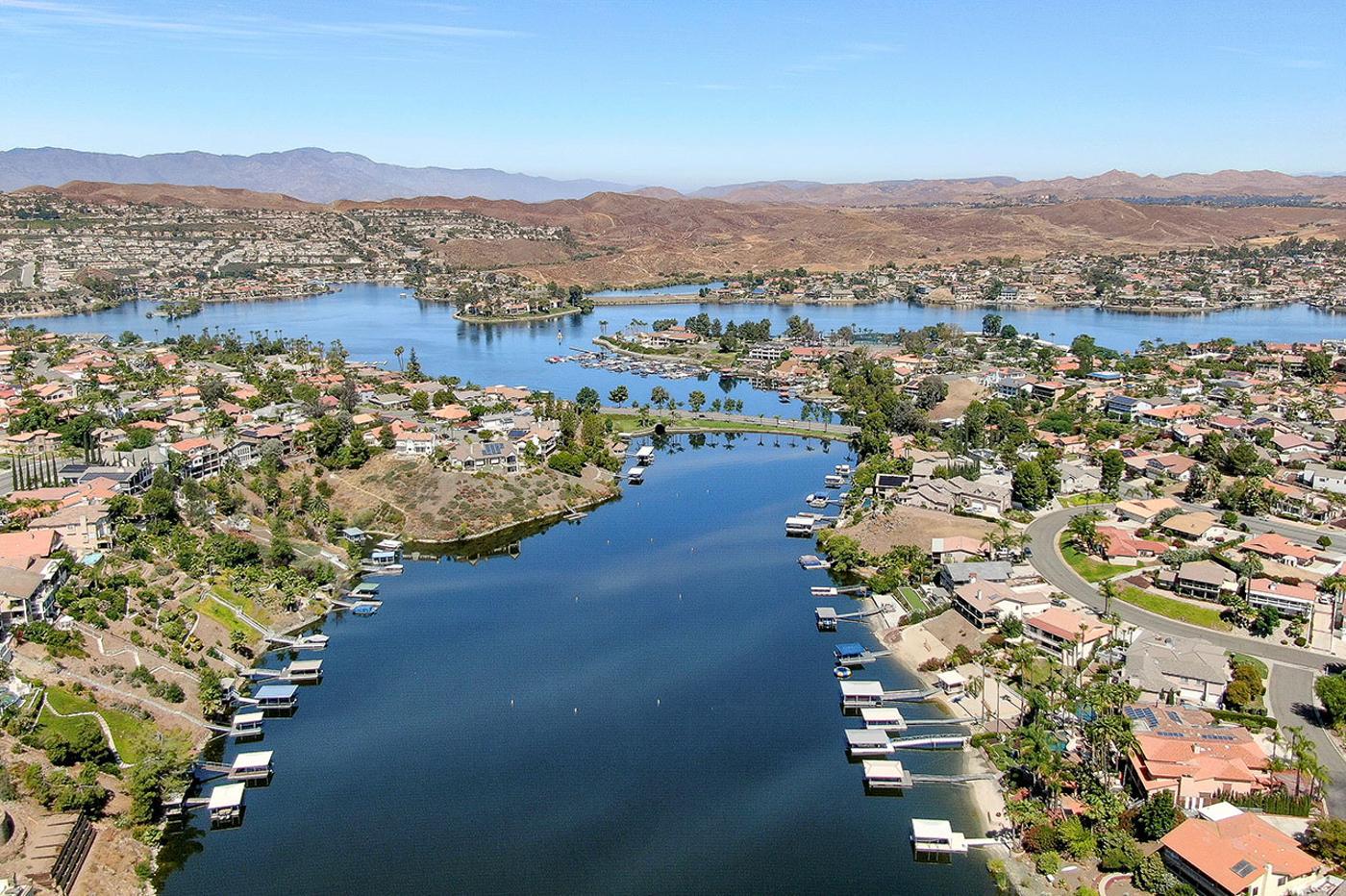
Additionally, a massive 200,000-acre lake in Comal County was shut down in the last week of April due to receding water levels.
Canyon Lake experienced its lowest water levels since its construction in the 1960s. Texas Water Data recorded that the lake was a mere 50 percent filled. The low levels caused the lake’s boat ramp to close, and officials recommended that residents stay out for now.
Massive Fluctuations Reported in Belton
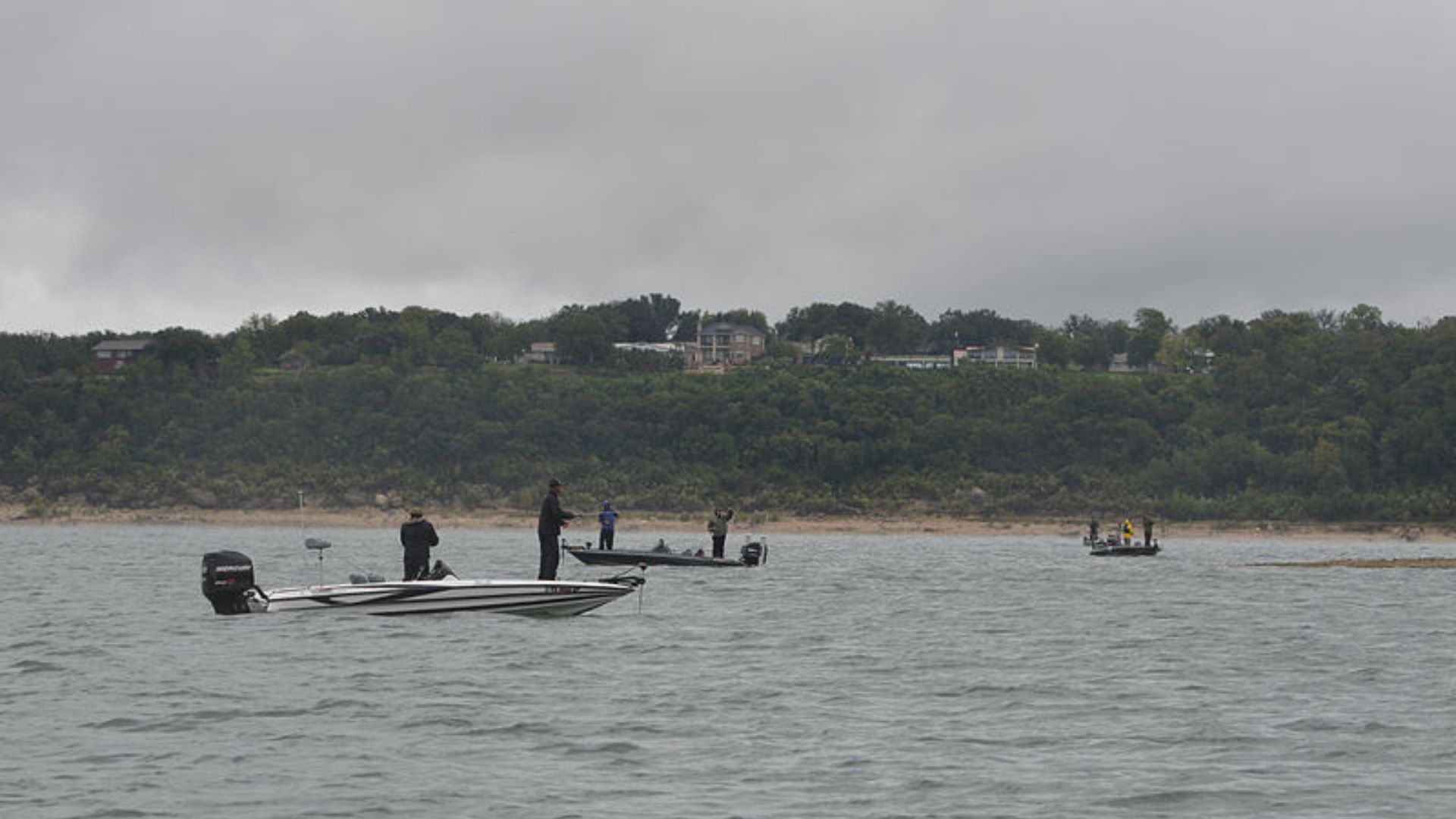
Another lake on the receiving end of an onslaught of rain is Belton Lake, which is located in the township of Belton.
Although the area was plagued by droughts just last year, the lake recently reached a two-year high due to the massive influx of rain. After reaching as low as 60 percent, the parched reservoir is expected to fill entirely in the next few weeks as storms continue.
Unclear if Medina Lake Can Recover
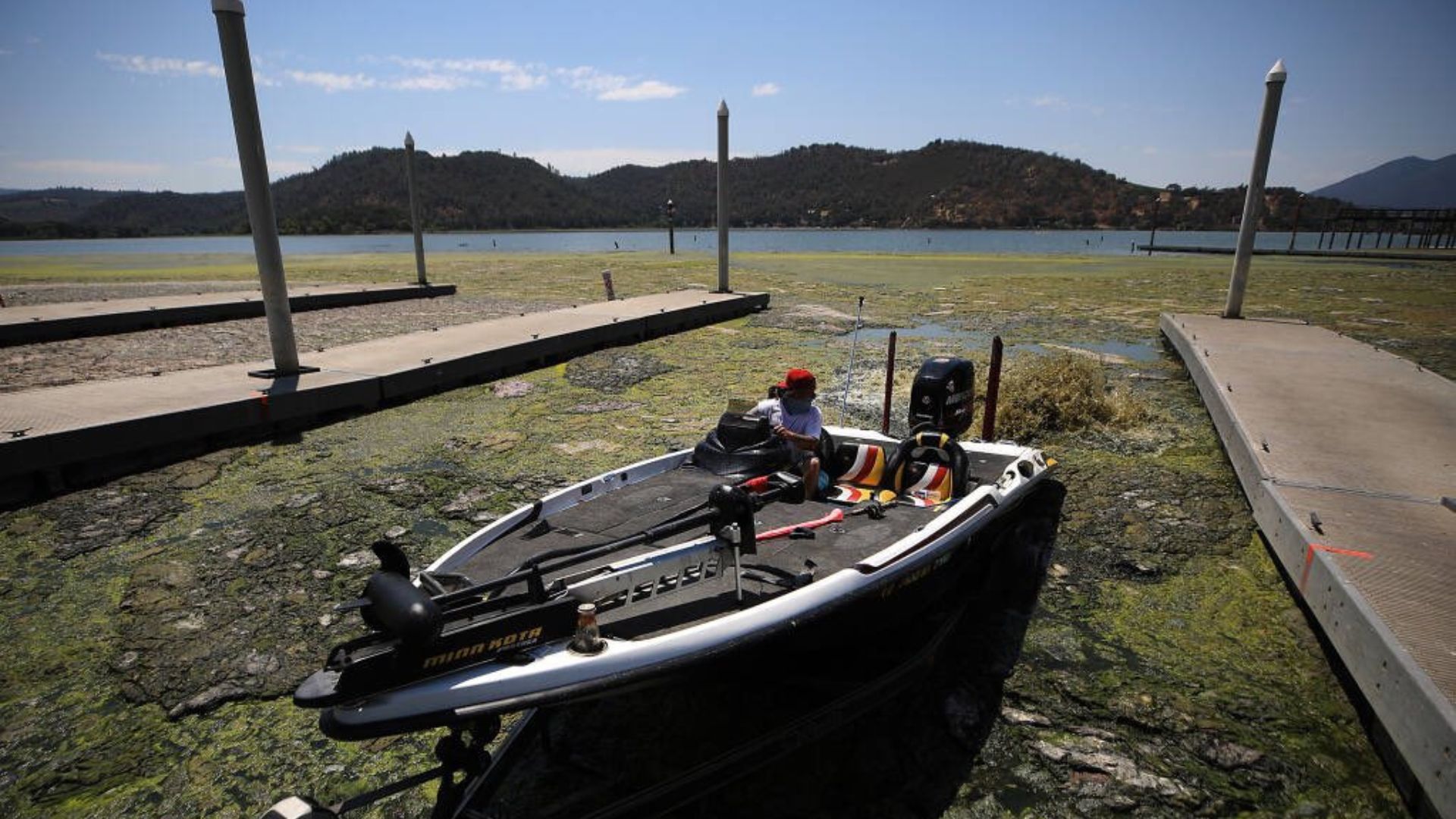
While many lakes in the state appear to vary in hydration levels over the years, Medina Lake is at risk of disappearing altogether.
Lakes have been known to vanish during massive droughts and never recover completely. In 1980, a lengthy heatwave caused Lake Peigneur in Louisiana to dry up completely. The lake bed still sits empty today.
How Do Lakes Disappear?
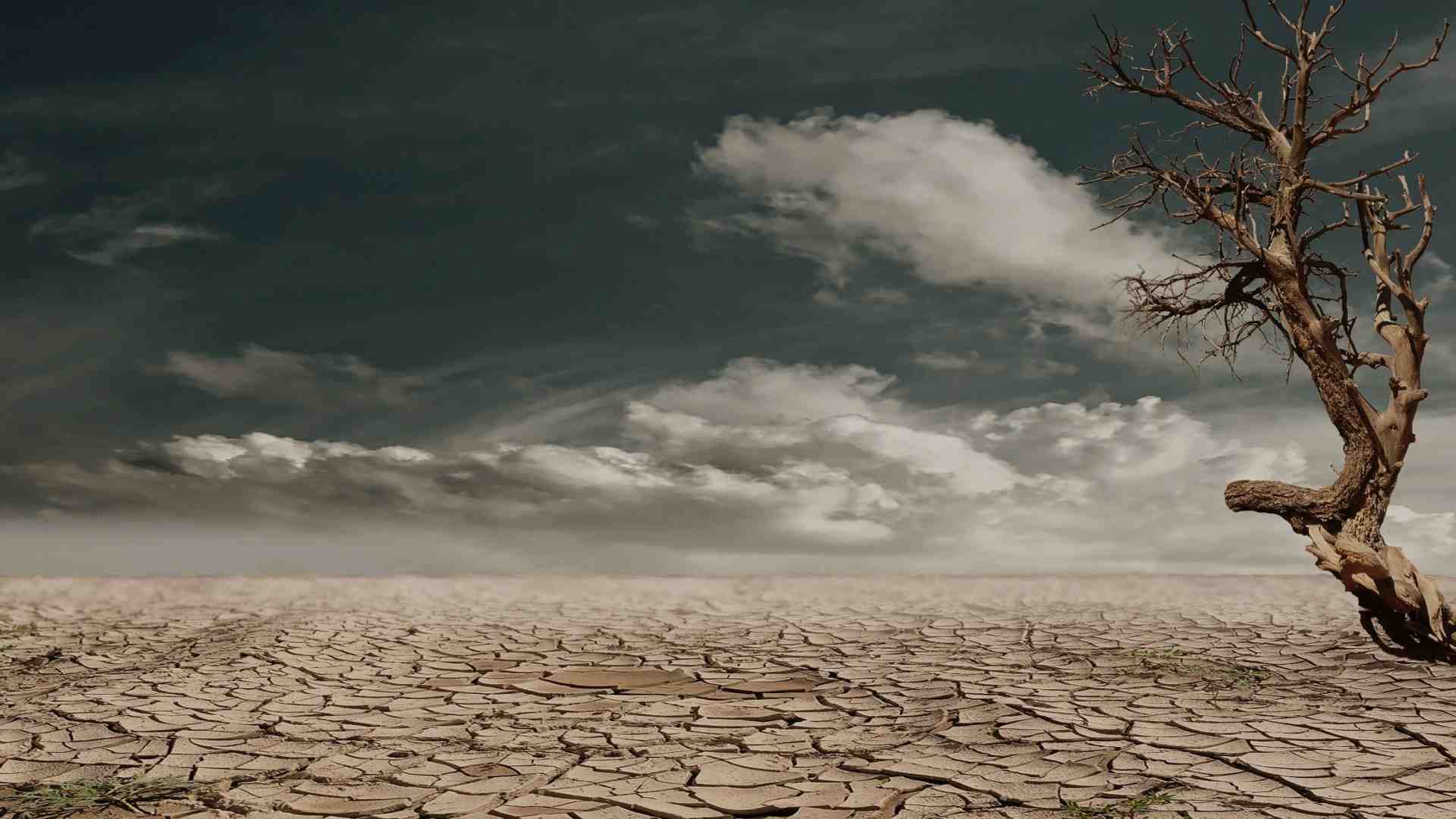
One might wonder: If excessive rain and times of drought are natural occurrences, how does a lake simply disappear?
Essentially, if water levels fall too far, the lake cannot recover because the rain will not replenish the water as quickly as evaporation removes it.
Understanding Evaporation and Percipitation
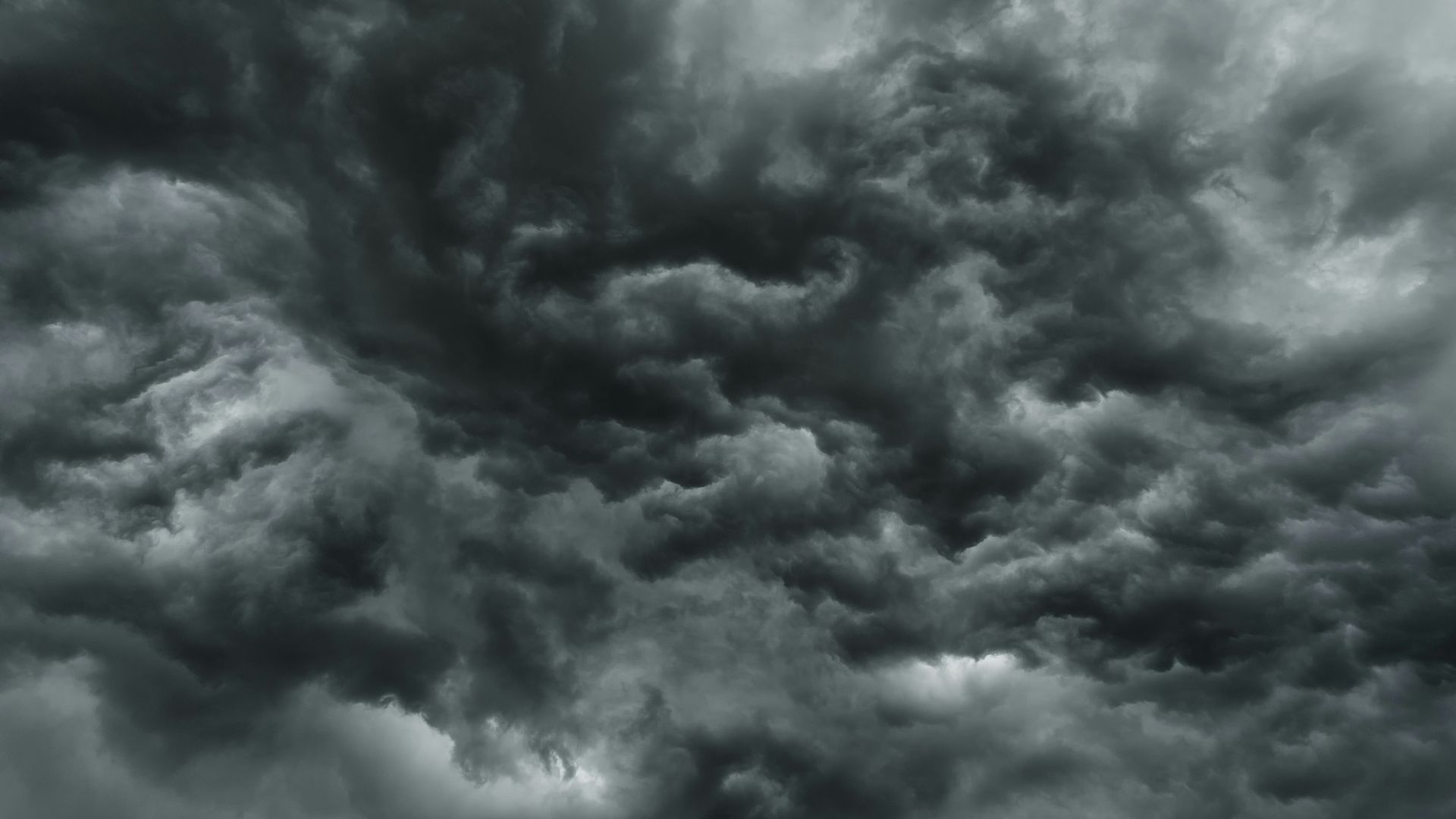
All around the world, in lakes, rivers, and oceans, water is constantly evaporating into the air. It’s a natural part of the planet’s ecosystem: The sun evaporates the water into the air where it turns back into rain.
However, if the sun is evaporating water and then the weather pushes rain clouds to another region before they release precipitation, certain areas can go dry.
Similar Levels Recorded in 2015

Almost a decade ago, Medina Lake was almost completely empty. However, increased rain in the following months allowed the lake to recover.
In 1948, the lake was also at risk of extinction. The lowest level that Medina ever hit was 936 feet above sea level.
Predictions for Droughts in the Area
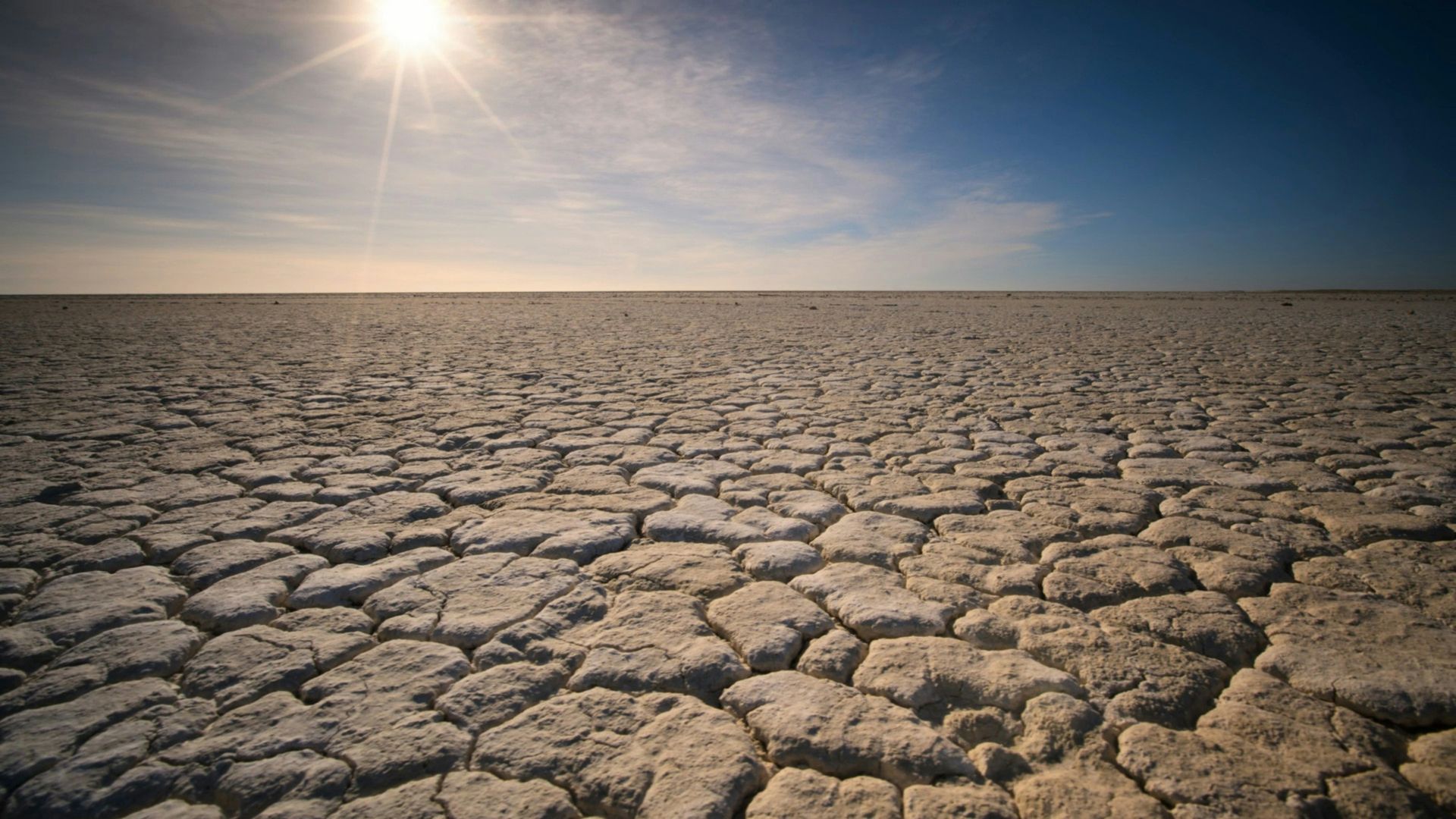
The National Weather Service Climate Prediction Center has issued a months-long drought forecast for the spring and summer.
Water problems are expected to continue in the state, of Texas and the droughts will likely worsen in the coming weeks. Residents are urged to stay informed of all rainfall and water restrictions in the area.
Where Does Texas Get Its Drinking Water?

It’s important to note that the drought in Texas is extremely concerning, not just for its natural lakes and reservoirs, but for the residents as well.
Texas has 23 major river basins that provide drinking water to more than 29 million people, but about 75% of the state’s drinking water comes from groundwater.
Drought In Texas Will Lead to a Water Shortage
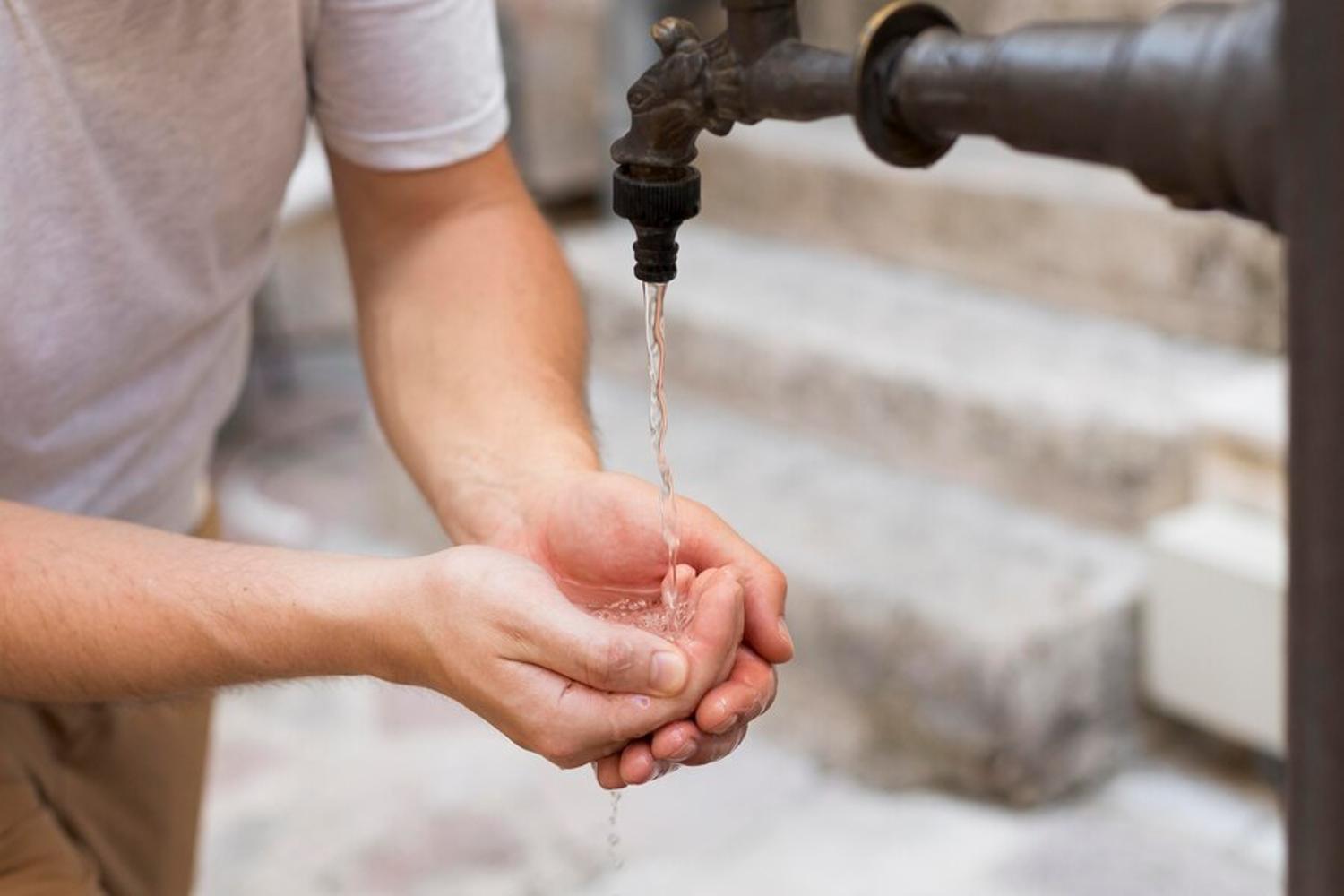
Several counties in Texas are already experiencing record-low groundwater levels, as low precipitation and excessive use are draining the state’s natural resources.
If the droughts continue, the groundwater won’t replenish naturally and millions of Texans will experience an extreme water shortage in the coming months.
Lakes and Reservoirs Are Still Extremely Important in Texas

Even though the vast majority of the state gets their drinking water from groundwater, the state’s lakes and reservoirs are still vitally important to its natural ecosystem.
If the larger bodies of water dry up, the water cannot evaporate into the atmosphere. Without this natural occurrence, Texas will see even more extreme droughts over the coming years than it is now.
Texas’ Natural Ecosystem Is in Danger
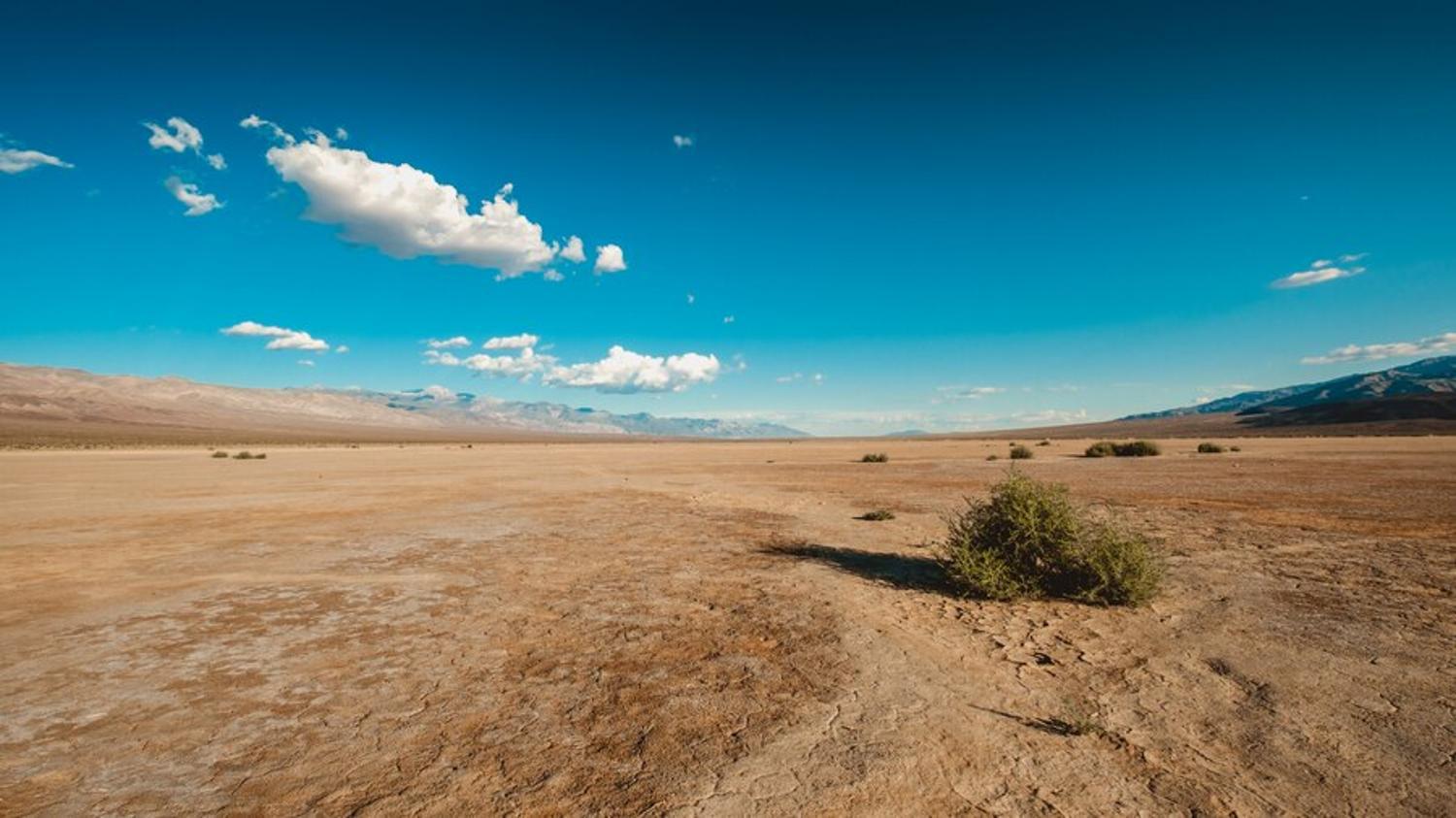
Any natural system on the planet is important for its function. Without lakes, rivers, or reservoirs, the Lone Star State could become a barren wasteland.
If that happens, Texas’ enormous farming industry, which includes 230,662 ranches and farms that cover more than 125.5 million acres, will struggle to survive.
Water Preservation in Texas Is Key
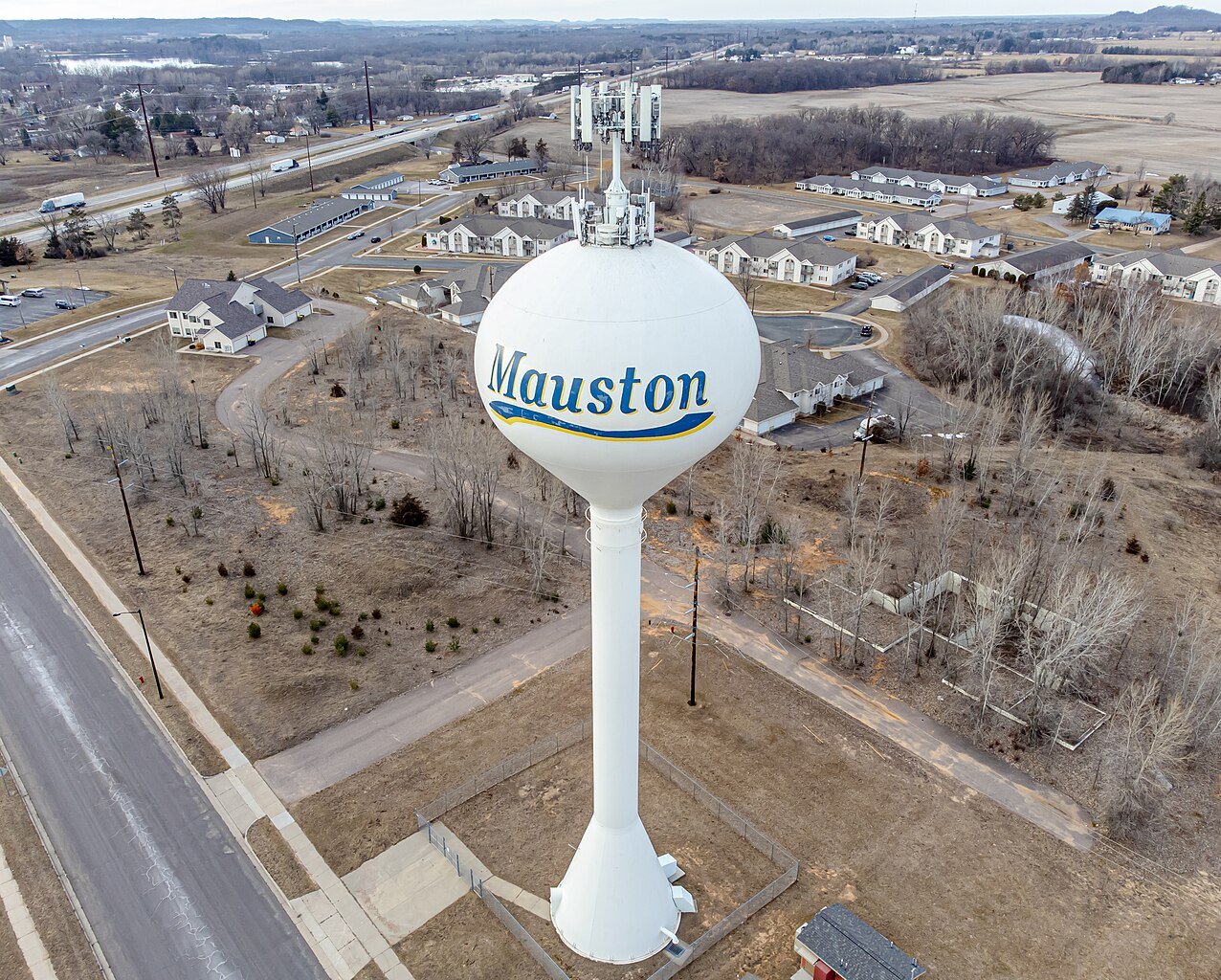
For the natural landscape, the need for drinking water, and the state’s farming industry, water preservation is absolutely key to survival in Texas.
There are already several water conservation programs underway throughout the state, as well as plans to improve water harvesting strategies and increase water supplies.
Texans Will Have to Start Conserving Water More Than Ever Before

However, in order to truly save the state from a water crisis, residents will have to start conserving water more than ever before.
Certain regions will soon have to follow a detailed water schedule, be allowed a certain number of gallons per household per day, and in the worst case scenario, Texans may have to start paying for drinking water.
How Is Climate Change Affecting Texas?

Of course, there is a reason why Texas is experiencing such extreme weather patterns and is fighting to retain water while seeing flash floods: Climate Change.
What many people don’t realize is that climate change is causing both droughts and flooding all over the world, both of which are detrimental to the water supply.
Climate Change Causes Extreme Weather
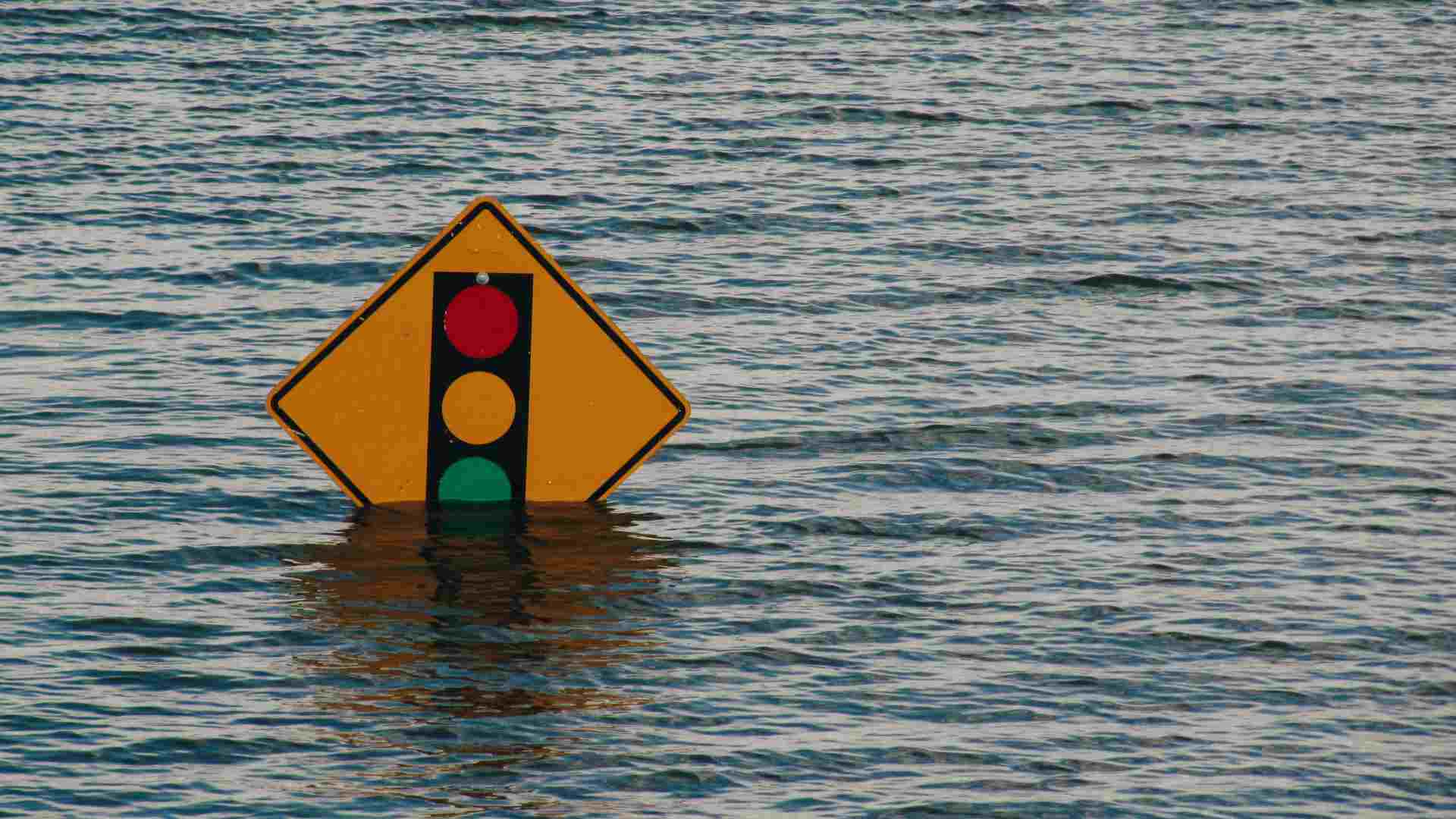
Essentially, climate change causes extreme weather patterns as the Earth is trying to adapt to the unnatural changes to its atmosphere and temperatures.
Extreme weather can and does include hurricanes, tsunamis, tornadoes, flash floods, drought, and heat waves.
How Climate Change Causes Both Flooding and Drought?

Scientists understand that one of the biggest side effects of climate change is rising temperatures in the world’s water and atmosphere.
This increase in temperature leads directly to both increased and intense precipitation, as well as extreme and elongated drought. While they may seem contradictory, it’s the unpredictability and the unnatural occurrences that cause both problems.
What Can Be Done to Save Texas’ Lakes from Extinction?

Water conservation is a great first step in trying to protect the lakes and reservoirs in Texas, but it’s not enough.
Real and lasting change will have to be made in how we treat planet Earth if we ever want to see it function in the way it is supposed to.








































